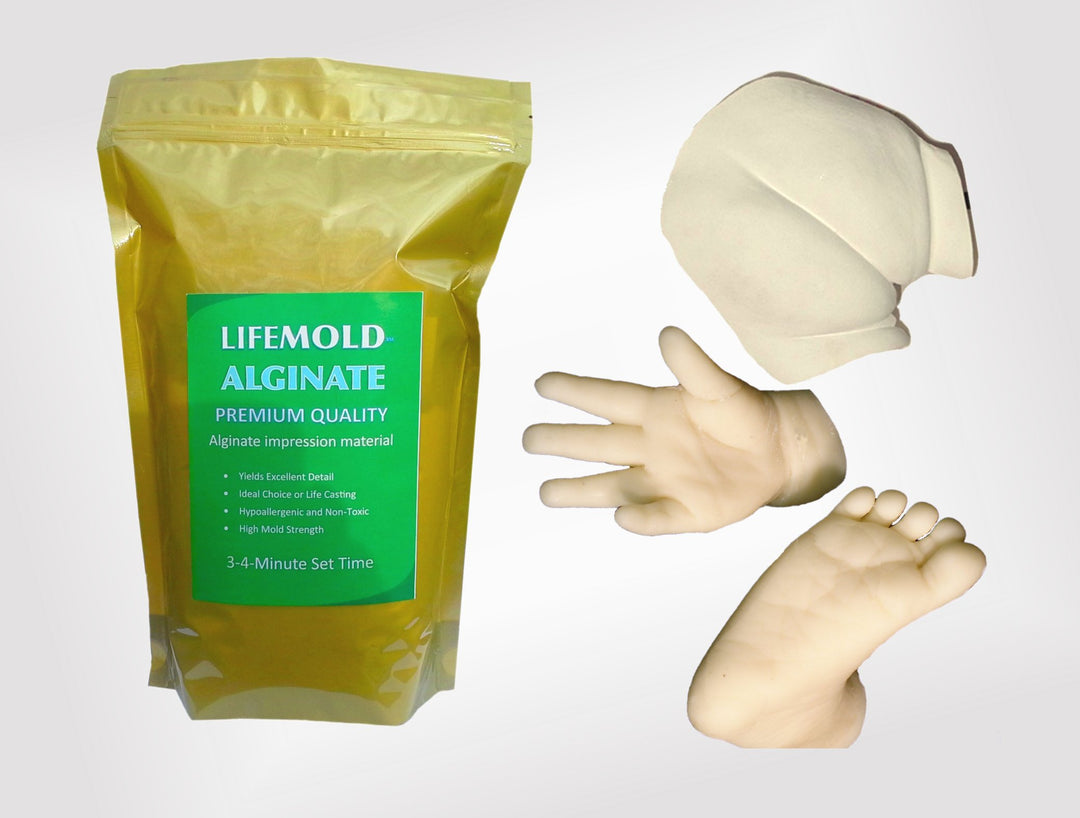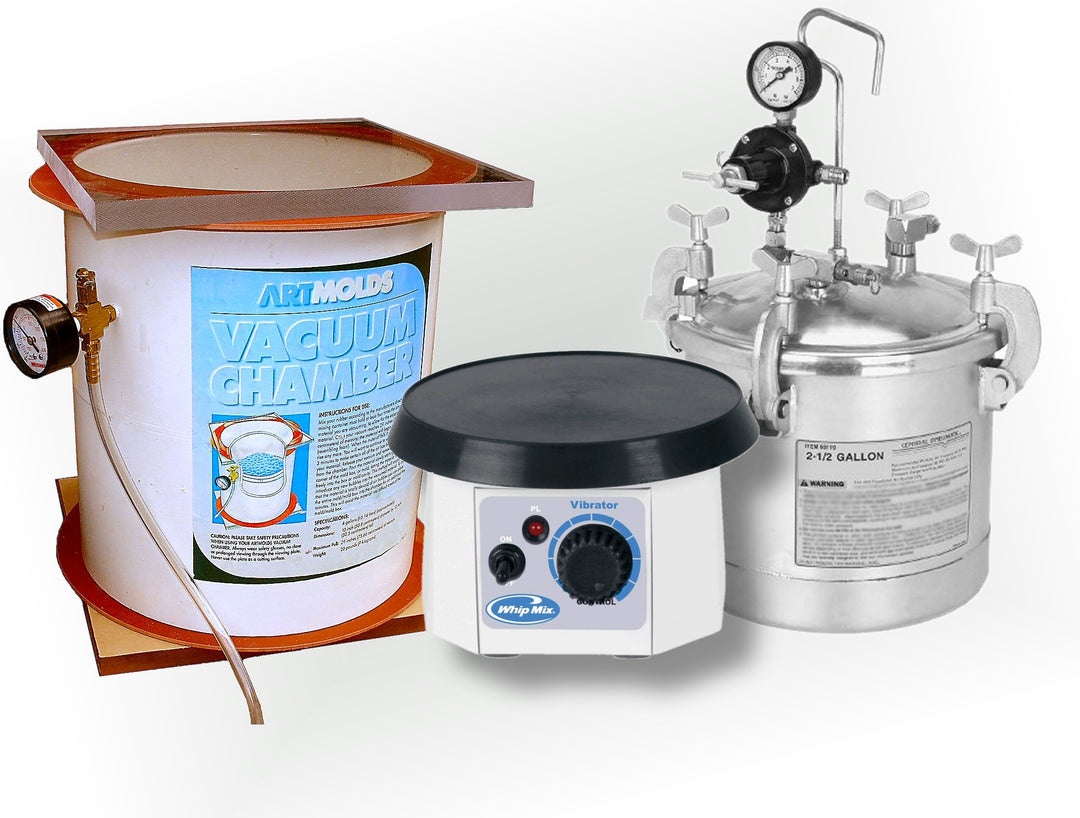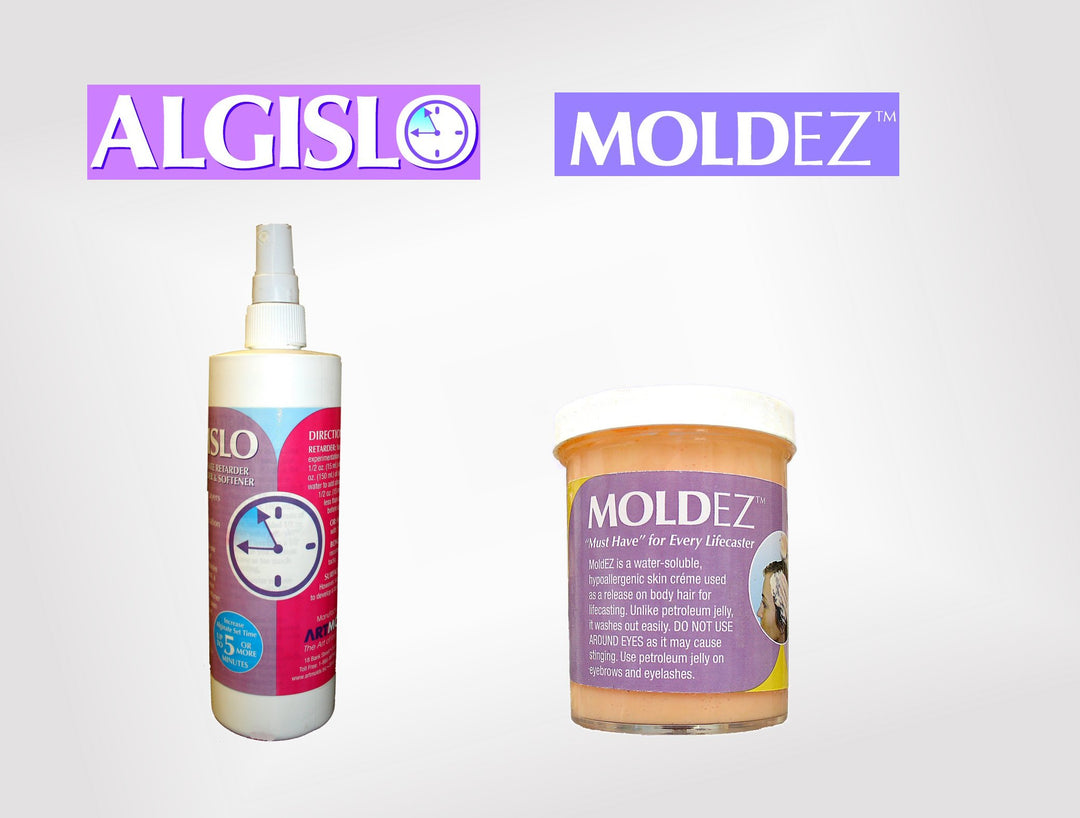SUBSCRIBE TO OUR BLOG
Subscribe to get special offers, free giveaways, and once-in-a-lifetime deals.Welcome to our guide on becoming a pro with liquid latex and crafting latex masks. This guide is perfect for both costume lovers and artists. It offers 10 key tips and tricks to boost your latex skills. These secrets promise to take your mask-making far.
Key Takeaways:
- Learn valuable techniques for working with liquid latex and crafting latex masks.
- Understand what liquid latex is and how it works in mask-making and costume design.
- Discover tips on choosing the right liquid latex for your needs.
- Prepare your work area properly to ensure successful mask-making.
- Master the step-by-step process of applying liquid latex to create professional-looking masks.
Understanding Liquid Latex
Let's start by understanding what liquid latex is. It's a kind of natural rubber that comes in liquid form. This makes it easy to shape into detailed designs.
When you apply liquid latex and it dries, it turns into a flexible layer. You can peel this off, like a second skin. This is perfect for making masks that are realistic and fit well.
It isn't just for masks. It's used in costumes, makeup for special effects, and in the theatre. With this, you can make things like fake wounds, and prosthetics. This is because it looks and feels a lot like real skin.
The Benefits of Working with Liquid Latex
- Flexibility: It shapes well to your face or body, so things feel comfortable.
- Durability: After drying, the layer is strong and can last a long time.
- Realism: It looks and feels a lot like real skin, making your creations life-like.
- Versatility: You can paint and play with liquid latex to achieve different looks.
- Accessibility: You can easily find liquid latex in stores or online.
So, now we know a lot about liquid latex. In the next part, we'll talk about picking the right one for your projects.
Choosing the Right Liquid Latex
Choosing
The best liquid latex is key for top-notch latex masks. It serves as a base for creating masks. There are many options, but we'll help you find the one that suits you. We look at factors like quality, how long it lasts, and how easy it is to use.
Quality
Always put quality first when picking liquid latex. Go for well-known brands with good reviews. Quality liquid latex makes your mask look pro and last longer.
Durability
Think about how long you want your mask to last when choosing liquid latex. If you'll wear it a lot, choose a highly durable liquid latex. This keeps your mask in good shape even with regular use.
Ease of Use
Choosing a liquid latex that's simple to work with is crucial. Look for one that's easy to put on and dries fast. This makes crafting your mask easier and quicker.
Considering these points helps you pick the right liquid latex. In the next part, we talk about getting your workspace ready. This gets you set for making awesome latex masks.
Preparing Your Work Area

Getting ready to make a latex mask needs a tidy space for best results. We will show you how to set up your area with the right tools and materials.
Gather Your Supplies
First, collect everything you need for your latex mask job. This means getting:
- Liquid latex: Pick the right kind, depending on what you want to do. You might have a favorite brand or need a specific effect.
- Protective equipment: Always wear gloves, eye protection, and a mask to keep safe from the liquid latex and its fumes.
- Work surface: Choose a big, stable spot for your work that lets you move easily while working.
- Drop cloths or newspapers: Use these under your work area to catch spills and keep your space clean.
- Paintbrushes and sponges: Get a mix of brushes and sponges to apply the latex. Each can give a different look.
- Scissors and cutting tools: You'll need a sharp pair of scissors and any other tools to shape the latex.
Organize Your Workspace
With all your items, it's time to set up your workspace right.
- Clean and clear space: Clear out any mess or things you won't need.
- Arrange your tools: Put your brushes, scissors, and other tools where you can easily grab them.
- Keep materials close by: Have your liquid latex and anything else you need nearby for easy access.
- Set up ventilation: If you can, open a window or use a fan to keep the air fresh while you work.
By setting up your area and getting your supplies ready, you're creating the perfect spot for making your latex mask. Now, you're ready to start working with the liquid latex and make your mask!
Applying Liquid Latex

Creating a latex mask starts with applying liquid latex. This step is key and needs careful attention. We will guide you through steps to make your mask look professional with liquid latex.
Step 1: Preparation
First, ensure your work area is clean. Get rid of any dust that could spoil your mask. Also, have your tools ready, like brushes or sponges, for a smooth application.
Step 2: Preparation of the Skin
Make sure your skin is both clean and dry before you begin. Put on a thin layer of petroleum jelly or a release agent. This layer protects the skin from the liquid latex.
Step 3: Application Technique
Apply a thin coat of liquid latex to your skin. You can use a brush or sponge for application. Start from the middle and work outwards, ensuring smooth edges.
Step 4: Building Layers
For a thicker mask, add more latex layers. Allow each layer to dry before applying the next one. Continue until you get the right thickness or texture.
Step 5: Creating Effects
To make your mask unique, try different methods. For wrinkles, pinch the latex. For scars, shape the latex with tools and add colors for a realistic look.
Step 6: Drying Time
Wait for the latex to dry completely. Drying can take 10 minutes to an hour. It depends on the latex thickness and the room's temperature and humidity.
Step 7: Finishing Touches
When the latex is dry, carefully remove it by peeling. You might need to cut off extra latex and shape the edges. Use makeup or paints to color your mask and add details.
These simple steps help you work with liquid latex. By practicing, you'll get better at making masks. Then, you can create all kinds of cool designs.
Painting and Detailing Your Latex Mask
After the liquid latex dries, the fun part starts. It's time to paint and add details. This is key to making a stunning, real-looking mask. With the right techniques and tools, you can make your mask truly stand out.
Choosing the Right Paint
Choosing the right paint for your latex mask is crucial. Acrylics work well because they come in many colors and are durable. They also dry fast, so you can finish your mask quicker.
Preparing the Surface
Getting your mask ready to paint is important. Clean it with soap and water, and then let it dry. Next, lightly sand it to make the paint stick better.
Applying Base Coat
Start painting your mask with a base coat. This makes the colors look brighter. Add paint in thin layers, letting each one dry before the next.
Adding Shadows and Highlights
Shadows and highlights make your mask look real. Use darker colors for shadows and lighter ones for highlights. Focus on the nose, cheekbones, and forehead for a 3D look.
Detailing and TextureNow, focus on the details. Use small brushes or sponges for textures. Try different methods, like dry brushing, to make your textures look real.
Sealing the Paint
To keep your paint looking good, seal it. Use a clear latex sealer. It stops the paint from coming off and protects your mask.
Follow these steps to create a stunning latex mask. With the right paints and details, your mask will impress everyone who sees it.
Caring for Your Latex Mask
For a long-lasting latex mask, proper care is key. Keep your mask in great shape with these tips. This way, you can enjoy it for many years.
Cleaning Your Latex Mask
It's important to clean your mask often. This removes dirt and oils. To clean it, follow these steps:
- Use a soft cloth or sponge with mild soap and water to gently wipe the mask.
- Avoid harsh cleaners and rough materials to prevent damage to the latex.
- After cleaning, rinse it well to remove all soap.
- Let it air dry completely before putting it away or wearing it.
Storing Your Latex Mask
Storing your mask well keeps it in good shape. Here are some storage tips to follow:
- Make sure the mask is dry to stop Mold.
- Keep it away from sunlight and extreme heat to avoid damage.
- Store it in a clean, dry place without dust.
- Use a breathable bag or box to reduce moisture.
Preserving Your Latex Mask
For the best mask care, try these steps:
- Put a bit of talcum powder or use silicone spray inside. It fights stickiness and keeps its shape.
- Don't fold or crease the mask too much to prevent permanent harm.
- Touch the mask with clean, dry hands to avoid adding oil or dirt.
Keeping your latex mask in great condition means following these care instructions. Cleaning, storing, and preserving it correctly extends its life and quality. Enjoy your prized latex mask for many years with proper care.

Conclusion
Mastering the use of liquid latex for latex masks takes practice. Paying attention to detail is key. This guide shares 10 must-know tips and tricks for creating your own latex mask.
To start, know the basic facts about liquid latex and pick the right one. Prepare your workspace well. Then, use the liquid latex carefully. Learn how to paint and add details to your masks.
Caring for your latex mask is also vital. Clean and store it the right way. This ensures you can enjoy your mask for a long time. With this guide and some practice, you'll make fantastic latex mask costumes.
FAQ
What is liquid latex?
Liquid latex is a rubber material used in making masks and costumes. It's a liquid that dries into a tough but flexible form.
How does liquid latex work?
It's applied by pouring or brushing onto a surface. As it dries, it creates a solid layer. This layer can be peeled off or used to make cool stuff.
What are the applications of liquid latex?
It's used in many things like making masks, designing costumes, and doing makeup effects. It's also used for creating fake body parts and painting on skin.
How do I choose the right liquid latex?
When picking liquid latex, think about its quality and how easy it is to use. Choose ones made for mask-making or costume design. You should also read reviews and ask other artists for advice.
How do I prepare my work area for using liquid latex?
Get your work area ready by making sure it's clean and has good air circulation. Have your tools and a protected work surface ready before you start.
What is the process for applying liquid latex?
Start by cleaning the area you're working on. Then, put on the liquid latex evenly. Let it dry completely before adding more layers or effects.
How can I achieve different effects and textures with liquid latex?
You can make different looks with liquid latex. Try layering it or using special tools to add textures. For instance, you can make wrinkles or scales by shaping the latex when it's wet.
What techniques can I use to paint and detail my latex mask?
Use acrylic or special latex paints to color your mask. You can also employ brushes, sponges, or airbrushes for detailed work. These methods help create intricate designs.
How do I care for and maintain my latex mask?
To keep your latex mask in good shape, clean it gently with mild soap and water. Don't use strong chemicals. Store it in a cool, dark place. Putting something inside to keep its shape is a good idea.
Any final tips for working with liquid latex?
Working with liquid latex takes practice and patience. Learn from your errors to get better. Remember to wear gloves and work in a room with good airflow for a safe and fun time.








Leave a comment